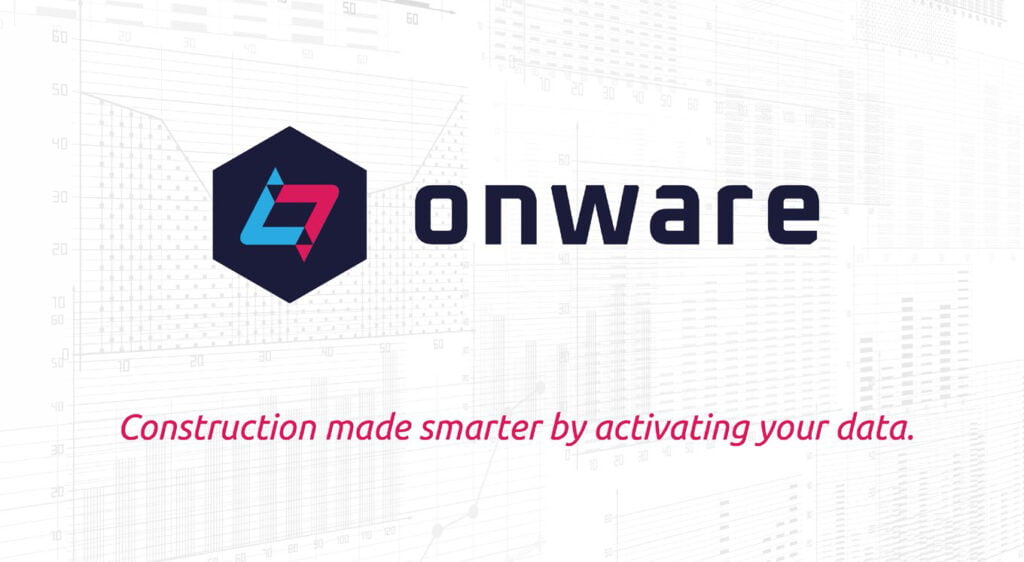
How Business Intelligence Software Facilitates Resource Management
In today’s fast-paced business environment, effective resource management is crucial for organizations to stay competitive and achieve their goals. With the increasing complexity of business operations, managing resources efficiently has become a significant challenge for many companies. This is where Business Intelligence (BI) software comes into play. In this article, we will explore how Business Intelligence software facilitates resource management, enabling organizations to make data-driven decisions and optimize their resources.
What is Business Intelligence Software?
Business Intelligence software is a set of tools and technologies that help organizations to collect, analyze, and interpret data from various sources. It provides a comprehensive view of an organization’s performance, enabling decision-makers to identify areas of improvement, optimize operations, and drive business growth. BI software typically includes features such as data mining, reporting, analytics, and visualization, which enable users to extract insights from large datasets.
The Importance of Resource Management
Effective resource management is essential for organizations to achieve their objectives. Resources include human capital, financial assets, equipment, and technology, among others. Proper allocation and utilization of these resources can significantly impact an organization’s productivity, efficiency, and profitability. Inefficient resource management, on the other hand, can lead to wasted resources, decreased productivity, and reduced competitiveness.
How Business Intelligence Software Facilitates Resource Management
Business Intelligence software facilitates resource management in several ways:
- Data-Driven Decision Making: BI software provides organizations with accurate and timely data, enabling decision-makers to make informed decisions about resource allocation. By analyzing data on resource utilization, organizations can identify areas of inefficiency and optimize resource allocation.
- Resource Allocation: BI software helps organizations to allocate resources effectively by providing insights into resource utilization patterns. This enables decision-makers to allocate resources to areas that need them most, reducing waste and improving productivity.
- Capacity Planning: BI software enables organizations to forecast future resource requirements, enabling them to plan and allocate resources accordingly. This helps to prevent over- or under-allocation of resources, reducing the risk of resource shortages or surpluses.
- Performance Monitoring: BI software enables organizations to monitor resource performance in real-time, enabling them to identify areas of inefficiency and take corrective action. This helps to optimize resource utilization, reducing waste and improving productivity.
- Predictive Analytics: BI software provides predictive analytics capabilities, enabling organizations to forecast future resource requirements and plan accordingly. This helps to prevent over- or under-allocation of resources, reducing the risk of resource shortages or surpluses.
Benefits of Using Business Intelligence Software for Resource Management
The benefits of using Business Intelligence software for resource management include:
- Improved Resource Utilization: BI software helps organizations to optimize resource utilization, reducing waste and improving productivity.
- Increased Efficiency: BI software enables organizations to streamline their operations, reducing the time and effort required to manage resources.
- Enhanced Decision Making: BI software provides decision-makers with accurate and timely data, enabling them to make informed decisions about resource allocation.
- Reduced Costs: BI software helps organizations to reduce costs by optimizing resource utilization, reducing waste, and improving productivity.
- Improved Competitiveness: BI software enables organizations to respond quickly to changing market conditions, improving their competitiveness and reducing the risk of being left behind.
Real-World Examples of Business Intelligence Software in Resource Management
Several organizations have successfully implemented Business Intelligence software to facilitate resource management. For example:
- Microsoft: Microsoft uses BI software to manage its global workforce, optimizing resource allocation and reducing costs.
- Coca-Cola: Coca-Cola uses BI software to manage its supply chain, optimizing resource utilization and reducing waste.
- McDonald’s: McDonald’s uses BI software to manage its restaurant operations, optimizing resource allocation and improving customer service.
Best Practices for Implementing Business Intelligence Software for Resource Management
To get the most out of Business Intelligence software for resource management, organizations should follow these best practices:
- Define Clear Goals and Objectives: Define clear goals and objectives for implementing BI software, ensuring that it aligns with the organization’s overall strategy.
- Choose the Right Software: Choose a BI software that meets the organization’s needs, considering factors such as scalability, flexibility, and ease of use.
- Provide Training and Support: Provide training and support to users, ensuring that they can effectively use the BI software to manage resources.
- Monitor and Evaluate Performance: Regularly monitor and evaluate the performance of the BI software, identifying areas for improvement and making adjustments as needed.
- Continuously Refine and Improve: Continuously refine and improve the BI software, ensuring that it remains aligned with the organization’s evolving needs and goals.
Conclusion
In conclusion, Business Intelligence software is a powerful tool for facilitating resource management. By providing accurate and timely data, BI software enables decision-makers to make informed decisions about resource allocation, optimizing resource utilization and improving productivity. With its ability to facilitate data-driven decision making, resource allocation, capacity planning, performance monitoring, and predictive analytics, BI software is an essential tool for organizations seeking to stay competitive in today’s fast-paced business environment. By following best practices and choosing the right software, organizations can unlock the full potential of BI software and achieve significant benefits in resource management.
Closure
Thus, we hope this article has provided valuable insights into How Business Intelligence Software Facilitates Resource Management. We hope you find this article informative and beneficial. See you in our next article!


